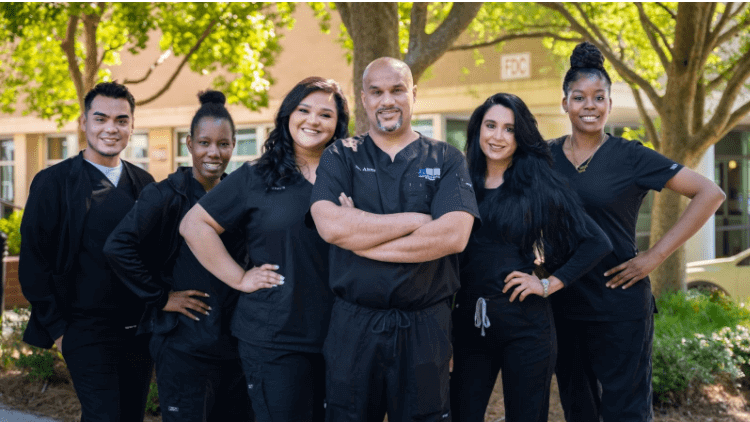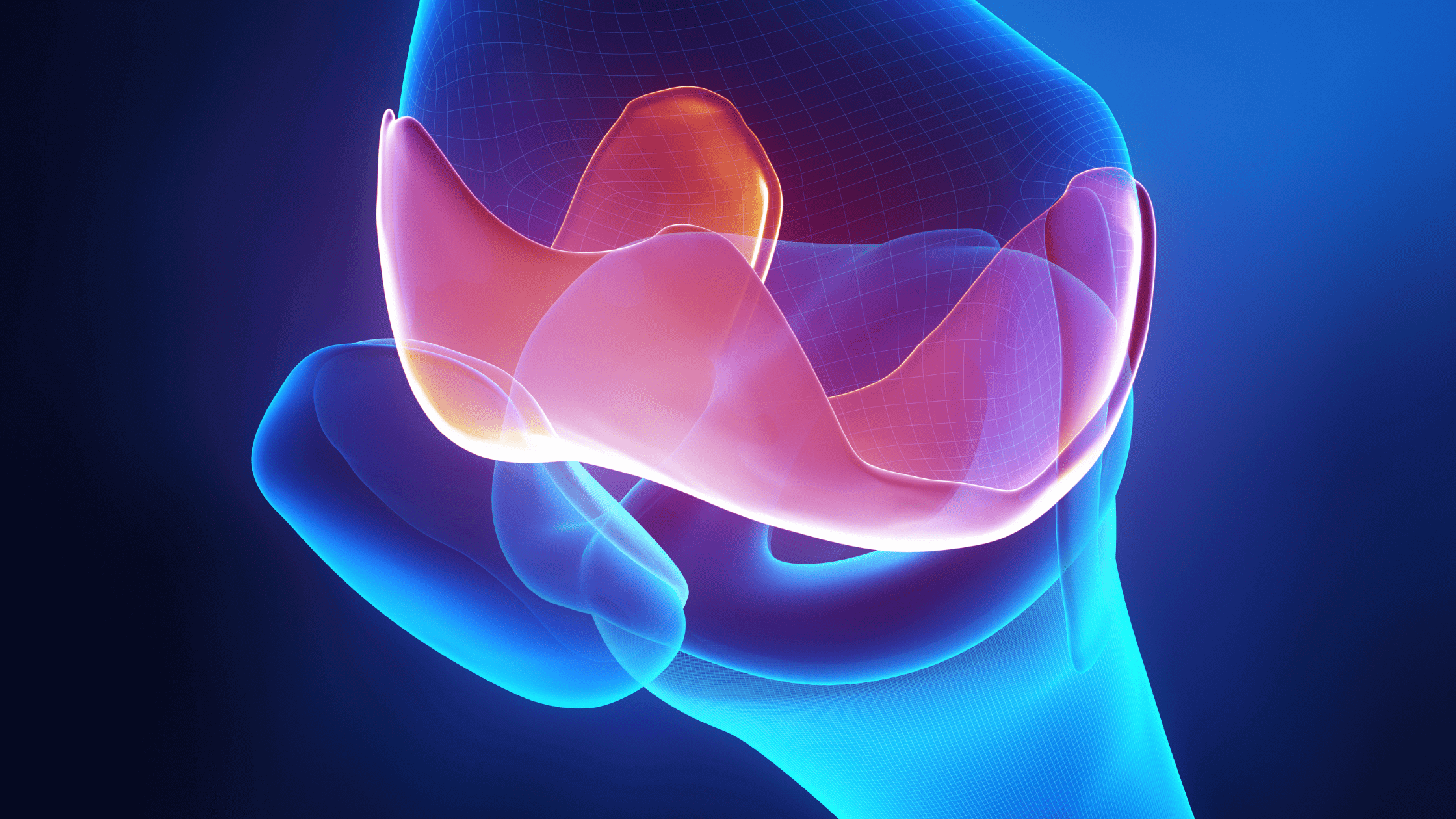Can Your Cartilage Repair Itself?

Our ability to heal and regenerate new tissues and cells is one of the amazing aspects of being a human. So, it’s natural to be curious if our cartilage can do the same and regenerate on its own. Learn more about your joint health as you discover more about the binding substance that is key in your overall mobility – the cartilage.
Q: Can cartilage repair itself?
A: Though it is made of cells and tissues, cartilage cannot repair itself due to the lack of blood vessels and enough blood supply to create and duplicate new cells. Some cartilage cells may be able to repair microscopic lacerations or tears but it will be difficult to recover from the wear and tear of excessive use over time.
What is the function of cartilage?
Cartilage is the cushion at the end of our bones that prevents our bones from rubbing against each other and causing pain. It is soft enough to change its shape and absorb compressions in our joints whenever we stand, move our wrists, or sit.
Cartilage is made of four substances: collagen, proteoglycans, water, and chondrocytes. Water makes up 70% of the cartilage, and when we stand, it acts like a sponge to handle the compression. The cartilage covers the end of the bone, changes its shape, and squeezes water to coat your knee joints. Once you sit, the cartilage decompresses and reabsorbs the water released to your joints.
When we were younger the tips of our bones used to be cartilage that developed into bones as we grew older. However, as an adult, you can still find cartilage in several parts of your body aside from your joints. The types of cartilage in our body are:
- Hyaline cartilage or articular cartilage is a springy but tough type of cartilage that covers your ribs, supports your windpipe, and protects your joints.
- Elastic cartilage is a type of cartilage with a springy form and can be found in our ears and nose.
- Fibrous cartilage is the weight-bearing type of cartilage that is found in your spine and hips.
Joint damage
Damage to the joints or osteoarthritis happens when the cartilage becomes worn out due to repetitive and excessive use. It often occurs in areas that handle the most weight or repetitive tasks such as knees, elbows, wrists, and hips. The early stages of damage may not be noticeable at first. However, once the cartilage gets thinner and thinner, it starts causing inflammation and pain in the affected area.
Osteoarthritis is a naturally occurring condition more commonly seen in seniors and obese individuals. The wear and tear of the cartilage in patients in their 50s occur due to the extensive use of the joints over time. The added physical stress on the joints also increases the risk of obese individuals to cartilage damage.
According to the CDC, the most prevalent case of arthritis in the US is knee osteoarthritis affecting 32.5 million Americans. Sadly, once arthritis has started to set in, it can be difficult for the condition to be reversed. Your doctor can recommend some pain management and other medical treatments to alleviate the pain and other symptoms.

Treatments
Upon diagnosis, your doctor will initially recommend the traditional approach starting from exercises and pain medications. Physical therapy is also used to help improve the range of motion of the joint with the guidance of a physical therapist. If the pain persists, your doctor will try other non-surgical approaches such as:
- Steroid injection
- Viscosupplementation or “gel” shots
- Radiofrequency ablation
- Bracing
If all else fails, your doctor might consider using platelet rich plasma (PRP) or stem cell therapy to naturally relieve your pain and improve the quality of your life. Surgery is usually reserved as a last resort.
How to prevent damaging the cartilage in your joints
Damaging your cartilage comes with a heavy price which is your active life and the freedom to move without pain. So, here are some tips to prevent the progression or delay cartilage damage.
Exercise regularly and build stronger muscles
According to a study, low-impact exercises can help trigger a chemical reaction in the joints and reduce the symptoms of osteoarthritis. The physical force on the joints produces a substance that triggers the body to produce an anti-inflammatory response in the affected area.
Shed off some pounds
Our joints receive a force that is about four times our weight, especially our knees. Every pound that you lose can significantly relieve some physical stress off your joints. Aerobic exercise and a mindful diet are key to help you shed off some pounds without further damaging your joints.
Stretch as often as possible
A simple stretch can help prevent stiffness in your joints and lubricate and nourish the cartilage with synovial fluid. Stretch exercises like yoga and pilates can help alleviate the symptoms of osteoarthritis and also strengthen your muscles to prevent further joint injury.
Manage the pain caused by cartilage damage with Advanced Sports & Spine
It may be inevitable for your body to age over time but that doesn’t mean you can’t live your life to the fullest. Thanks to modern technology, there are medical treatments today that can help you alleviate the symptoms of joint damage and delay the aging process of your joints.
Dr. Usman Ahmad can guide you with the best non-surgical approach for your condition. Advanced Sport & Spine provides pain management treatments in Charlotte for patients with sports, occupational, and accident injuries. Schedule an appointment today and discover how you can get your life back by walking and moving once again.
